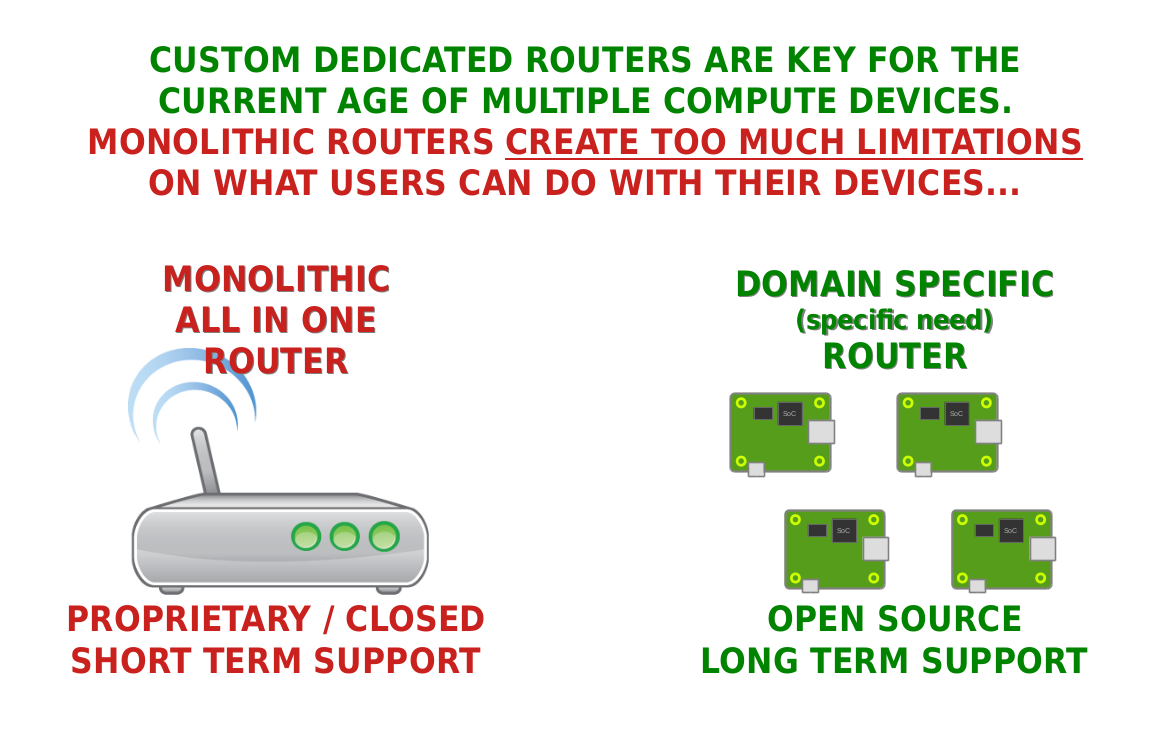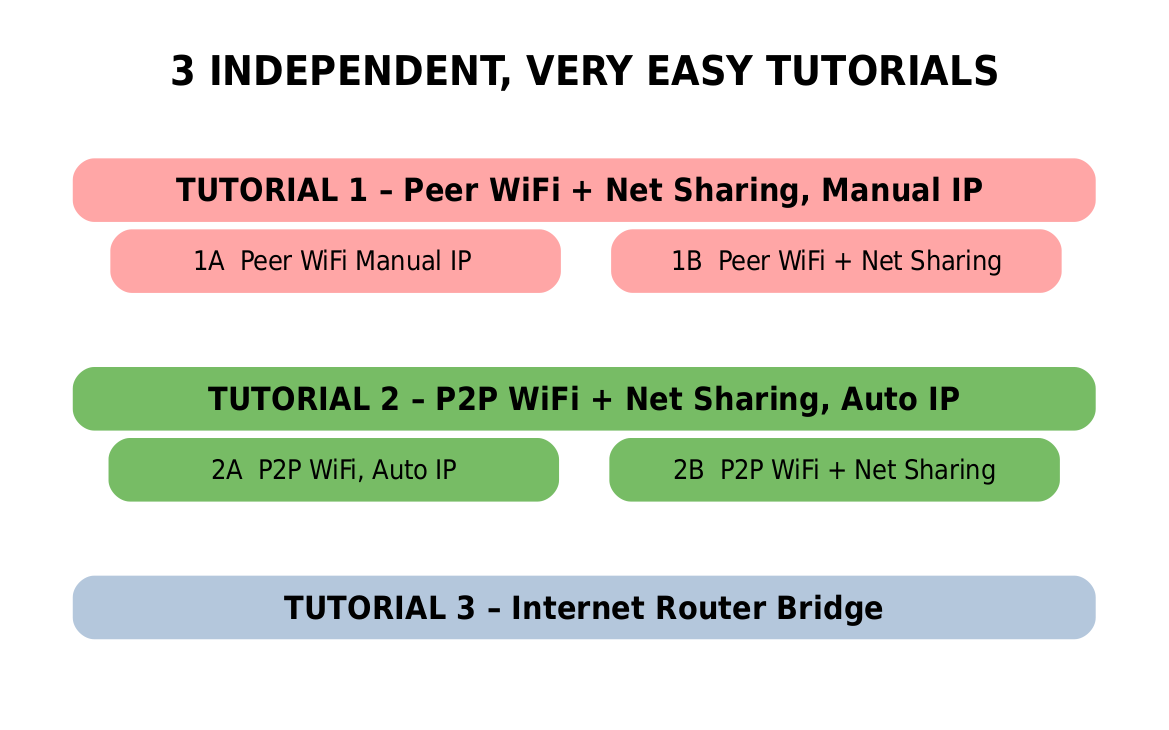Raspberry Pi P2P: The Ultimate Guide For Your Peer-to-Peer Adventures
Let’s talk about something cool—Raspberry Pi P2P. If you’re reading this, chances are you’ve heard about Raspberry Pi, but maybe you’re still scratching your head about how it fits into the world of peer-to-peer (P2P) networking. Well, buckle up, because we’re diving deep into this fascinating topic. Imagine having a tiny computer that can connect devices directly without needing a central server. Sounds like magic, right? That’s exactly what Raspberry Pi P2P is all about.
Now, before we get too deep into the rabbit hole, let me give you a quick rundown. Raspberry Pi is more than just a cute little gadget—it’s a powerful tool that can revolutionize the way you approach networking, especially when it comes to P2P setups. Whether you’re a tech enthusiast, a hobbyist, or someone looking to build a decentralized system, this guide is your ticket to understanding how Raspberry Pi P2P works and why it matters.
So, why should you care? Well, in today’s digital age, having control over your data and connectivity is more important than ever. With Raspberry Pi P2P, you can create secure, efficient, and scalable networks that don’t rely on third-party servers. Stick around, and we’ll break it all down for you step by step. Trust me, by the end of this article, you’ll be ready to roll up your sleeves and start tinkering with your own P2P setup.
What is Raspberry Pi P2P All About?
Alright, let’s start with the basics. Raspberry Pi P2P is essentially using a Raspberry Pi device to facilitate direct communication between devices in a peer-to-peer network. Think of it as a tiny powerhouse that lets devices talk to each other without needing a middleman like a router or server. This setup is not only cost-effective but also enhances security and privacy since there’s no central point of failure.
Here’s a quick breakdown of why Raspberry Pi P2P is such a game-changer:
- Cost-Effective: Raspberry Pi is affordable, making it accessible for hobbyists and small-scale projects.
- Scalable: You can easily expand your network by adding more devices.
- Secure: With no central server, your data stays protected from external threats.
- Customizable: Raspberry Pi is highly flexible, allowing you to tailor your P2P setup to your specific needs.
So, whether you’re building a local file-sharing system, setting up a decentralized IoT network, or even creating a private messaging app, Raspberry Pi P2P has got you covered.
Why Choose Raspberry Pi for P2P Networking?
Now, you might be wondering, “Why Raspberry Pi? Aren’t there other options out there?” Well, yeah, there are. But here’s the deal—Raspberry Pi stands out for a bunch of reasons. Let’s take a closer look:
Compact Size, Big Power
Raspberry Pi is tiny, but don’t let its size fool you. This little device packs a punch when it comes to processing power. It’s perfect for P2P networking because it can handle multiple connections without breaking a sweat. Plus, its compact size makes it super easy to integrate into various setups.
Community Support and Resources
One of the coolest things about Raspberry Pi is the massive community behind it. You’ll find tons of tutorials, forums, and resources to help you set up your P2P network. Whether you’re a beginner or a seasoned pro, there’s always someone out there willing to lend a hand.
Energy Efficiency
Raspberry Pi is incredibly energy-efficient, which is a huge plus if you’re planning to run your P2P network 24/7. It consumes way less power compared to traditional servers, making it an eco-friendly choice.
Setting Up Your First Raspberry Pi P2P Network
Ready to get your hands dirty? Setting up a Raspberry Pi P2P network isn’t as complicated as it sounds. Follow these steps, and you’ll be up and running in no time.
Step 1: Gather Your Gear
Before you start, make sure you have all the necessary hardware. Here’s what you’ll need:
- Raspberry Pi (any model will do, but newer ones are better)
- MicroSD card with Raspberry Pi OS installed
- Power supply
- Ethernet cables or Wi-Fi dongle (depending on your setup)
Pro tip: If you’re planning to connect multiple devices, consider using a switch or router to manage the connections.
Step 2: Install the Software
Once you’ve got your hardware ready, it’s time to set up the software. Start by installing Raspberry Pi OS on your microSD card. There are plenty of guides online to help you with this step. After that, you’ll need to install the necessary software for P2P networking. Some popular options include:
- BitTorrent
- IPFS
- ZeroTier
Each of these tools has its own strengths, so choose the one that best fits your project’s requirements.
Step 3: Configure Your Network
With the software installed, it’s time to configure your P2P network. This step will vary depending on the software you’re using, but generally, you’ll need to:
- Set up a virtual network
- Assign static IP addresses to your devices
- Configure firewall settings
Don’t worry if this sounds overwhelming. There are tons of tutorials and forums where you can find detailed instructions for each step.
Applications of Raspberry Pi P2P
Now that you know how to set up a Raspberry Pi P2P network, let’s talk about some cool applications. The possibilities are endless, but here are a few ideas to get you started:
File Sharing
One of the most common uses of P2P networking is file sharing. With Raspberry Pi, you can create a secure, private network where you and your friends can share files without relying on cloud storage. This is especially useful for sharing large files that wouldn’t fit on traditional cloud platforms.
Decentralized IoT Networks
As the Internet of Things (IoT) continues to grow, P2P networking becomes increasingly important. Using Raspberry Pi, you can create a decentralized IoT network where devices communicate directly with each other. This setup reduces latency and improves reliability.
Private Messaging
In today’s privacy-conscious world, having a secure messaging system is crucial. Raspberry Pi P2P can help you build a private messaging app that doesn’t rely on third-party servers, ensuring your conversations stay confidential.
Challenges and Considerations
Of course, no technology is without its challenges. Here are a few things to keep in mind when working with Raspberry Pi P2P:
Security
While P2P networking offers enhanced security, it’s not foolproof. Always make sure to use strong encryption and secure authentication methods to protect your data.
Bandwidth
Depending on the number of devices in your network, bandwidth can become an issue. Make sure your Raspberry Pi is connected to a reliable internet connection to avoid slowdowns.
Maintenance
Like any tech setup, Raspberry Pi P2P requires regular maintenance. Keep your software up to date and perform routine checks to ensure everything is running smoothly.
Best Practices for Raspberry Pi P2P
Want to make the most out of your Raspberry Pi P2P setup? Follow these best practices:
- Use a dedicated Raspberry Pi for your P2P network to avoid conflicts with other tasks.
- Regularly back up your data to prevent loss in case of hardware failure.
- Document your setup process so you can easily replicate it in the future.
By following these tips, you’ll ensure your Raspberry Pi P2P network runs like a well-oiled machine.
Future Trends in Raspberry Pi P2P
So, where is Raspberry Pi P2P heading in the future? Here are a few trends to watch out for:
Increased Adoption
As more people become aware of the benefits of P2P networking, we’ll likely see an increase in Raspberry Pi P2P setups. This could lead to more software and hardware options specifically designed for P2P applications.
Integration with AI
Artificial intelligence (AI) is becoming more prevalent in everyday tech, and P2P networking is no exception. Expect to see AI-powered P2P solutions that enhance performance and security.
Blockchain Integration
Blockchain technology is another area where Raspberry Pi P2P could make a big impact. By combining the two, we could see more secure and transparent decentralized systems in the future.
Conclusion
There you have it—everything you need to know about Raspberry Pi P2P. From setting up your first network to exploring exciting applications, this guide has covered it all. Remember, the key to success with Raspberry Pi P2P is experimentation and learning. Don’t be afraid to try new things and push the boundaries of what’s possible.
So, what are you waiting for? Grab your Raspberry Pi, fire up your P2P network, and let the fun begin. And don’t forget to share your experiences in the comments below or check out our other articles for more tech goodness. Happy tinkering!
Table of Contents
- What is Raspberry Pi P2P All About?
- Why Choose Raspberry Pi for P2P Networking?
- Setting Up Your First Raspberry Pi P2P Network
- Applications of Raspberry Pi P2P
- Challenges and Considerations
- Best Practices for Raspberry Pi P2P
- Future Trends in Raspberry Pi P2P
- Conclusion


